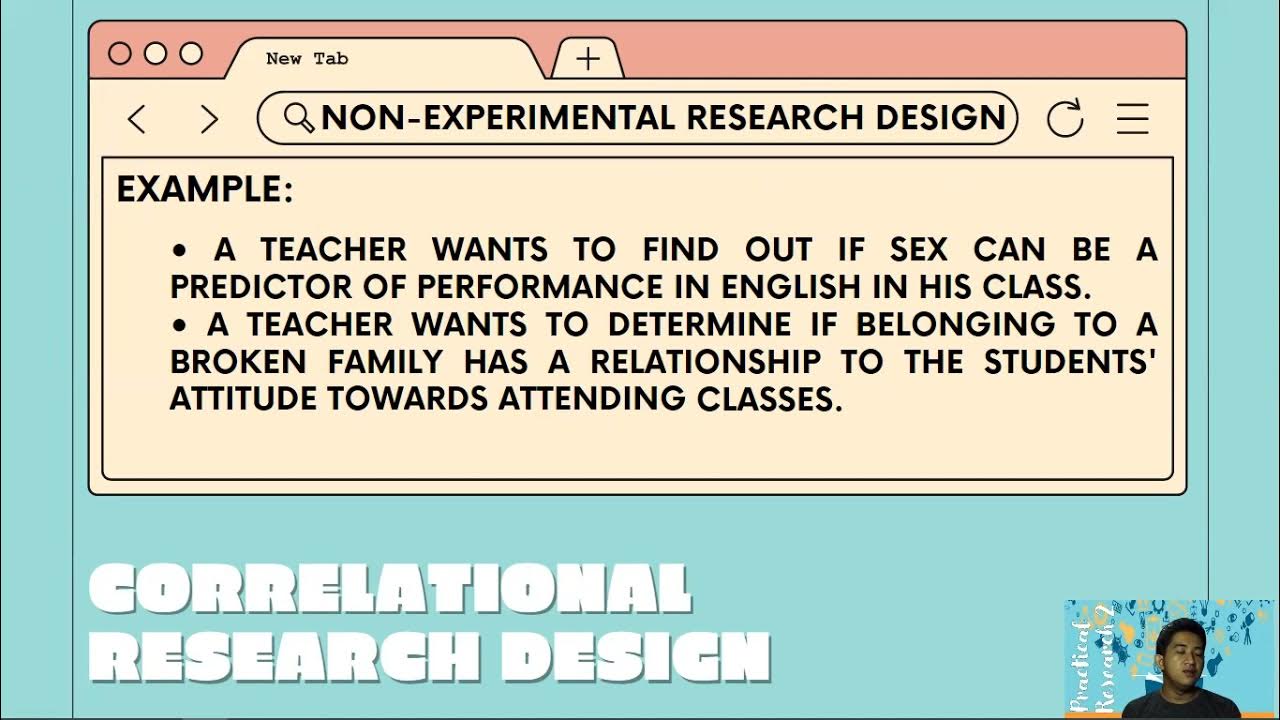Practice Based Research
Summary
TLDRThis video script delves into the concept of practice-based research, particularly in the realm of design and art. It uses Dr. Seuss's 'Fox in Socks' as a practical example, illustrating how to incorporate elements of design such as balance, movement, and line work into one's own artwork. The speaker emphasizes the importance of practicing these elements by imitating the style of masters, which can lead to a deeper understanding and the development of a unique artistic style. The script also touches on the respect for copyright, advising against complete replication or commercial use of the imitated work.
Takeaways
- 🎨 **Practice-Based Research**: Engage in hands-on activities to understand design principles and elements better than theoretical study.
- 📚 **Documentation**: Keep a journal to document your practice-based research, including sketches, references, and observations.
- 🔍 **Balance in Design**: Analyze and understand how balance is achieved in compositions, such as centering elements or adjusting weights.
- 🖌️ **Abstract Representation**: Use abstract sketches to focus on shapes and tones, which helps in understanding balance without being distracted by images.
- 🚶 **Movement in Art**: Recognize and create movement within a composition to add dynamism and interest.
- ✍️ **Line as Expression**: Explore the expressive potential of lines in design, noting how they can convey different textures and feelings.
- 🎭 **Imitation for Learning**: Practice by imitating the style of masters like Dr. Seuss to understand their techniques and develop your own.
- 🖋️ **Substitute Materials**: Use alternative materials when necessary, such as watercolor or ballpoint pen, to continue practicing and learning.
- 🚫 **Respect Copyright**: Ensure that practice-based research is for learning and not for copying or selling artwork, respecting the original artist's rights.
- 🌟 **Developing Personal Style**: Through practice and studying various artists, develop a unique style that is not derivative of others.
Q & A
What is the main focus of the video script?
-The main focus of the video script is on the concept of practice-based research, specifically applying design principles and elements through the imitation and analysis of Dr. Seuss's artwork.
What is the significance of using Dr. Seuss's 'Fox in Sox' in the script?
-Dr. Seuss's 'Fox in Sox' is used as an example to demonstrate how to apply design principles like balance and movement through practical exercises, such as sketching and analyzing the artwork.
Why is it important to balance composition in design?
-Balancing composition is important because it creates a sense of harmony and visual stability in artwork, which can make it more aesthetically pleasing and engaging to the viewer.
How does the speaker demonstrate the concept of movement in design?
-The speaker demonstrates movement by showing how the lines and shapes in Dr. Seuss's artwork create a sense of flow and direction, which can guide the viewer's eye through the composition.
What role does line work play in expressing design elements?
-Line work is crucial in design as it can convey texture, weight, and emotion. It can be one of the most expressive elements, contributing to the overall mood and style of the artwork.
Why does the speaker emphasize not copying entire artworks when practicing?
-The speaker emphasizes not copying entire artworks to respect copyright laws and to encourage the development of personal style, which is not derivative of any other artist's work.
What alternative materials does the speaker suggest using if one doesn't have access to specific art supplies?
-The speaker suggests using watercolor and ballpoint pen as alternatives to Indian ink for practicing line work and texture, demonstrating adaptability and creativity with available resources.
How does practicing with different artists' styles contribute to developing one's own style?
-Practicing with different artists' styles allows for the exploration of various techniques and approaches, which can lead to the discovery and refinement of one's unique artistic voice.
What is the importance of respecting copyright when doing practice-based research?
-Respecting copyright is important to avoid legal issues and to foster a culture of originality and creativity. It ensures that artists are credited for their work and that their intellectual property is protected.
What are the benefits of doing practical research over theoretical research in the context of art?
-Practical research allows for a deeper understanding of artistic techniques and principles through hands-on experience. It can lead to more profound insights and a stronger connection with the material being studied compared to theoretical research alone.
How does the speaker suggest using a journal in the context of practice-based research?
-The speaker suggests using a journal to document the practice-based research process, including sketches, notes on design principles, and references for future reference. This helps in tracking progress and reflecting on learnings.
Outlines

Этот раздел доступен только подписчикам платных тарифов. Пожалуйста, перейдите на платный тариф для доступа.
Перейти на платный тарифMindmap

Этот раздел доступен только подписчикам платных тарифов. Пожалуйста, перейдите на платный тариф для доступа.
Перейти на платный тарифKeywords

Этот раздел доступен только подписчикам платных тарифов. Пожалуйста, перейдите на платный тариф для доступа.
Перейти на платный тарифHighlights

Этот раздел доступен только подписчикам платных тарифов. Пожалуйста, перейдите на платный тариф для доступа.
Перейти на платный тарифTranscripts

Этот раздел доступен только подписчикам платных тарифов. Пожалуйста, перейдите на платный тариф для доступа.
Перейти на платный тариф5.0 / 5 (0 votes)






